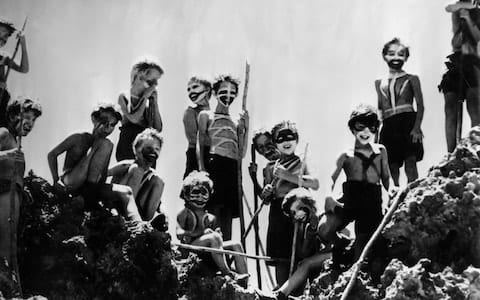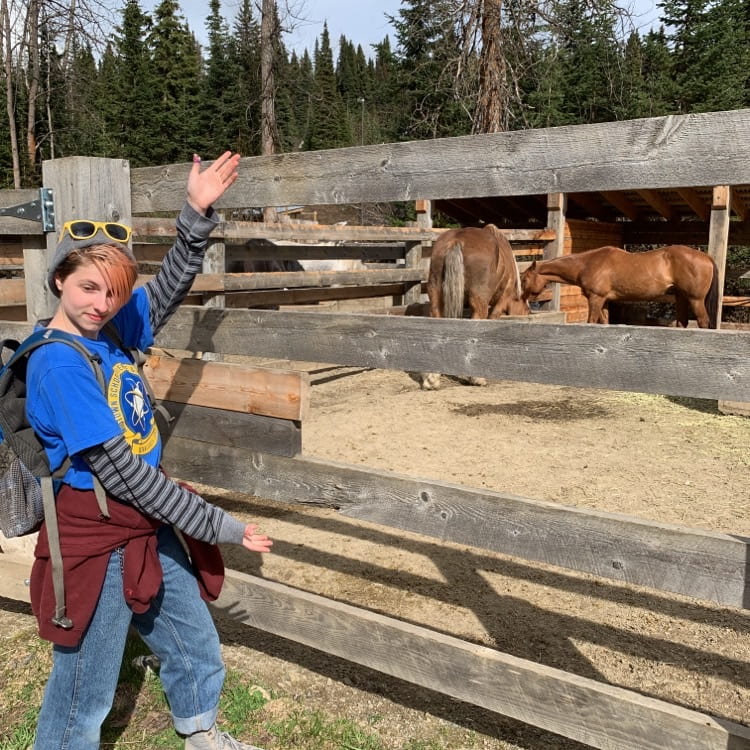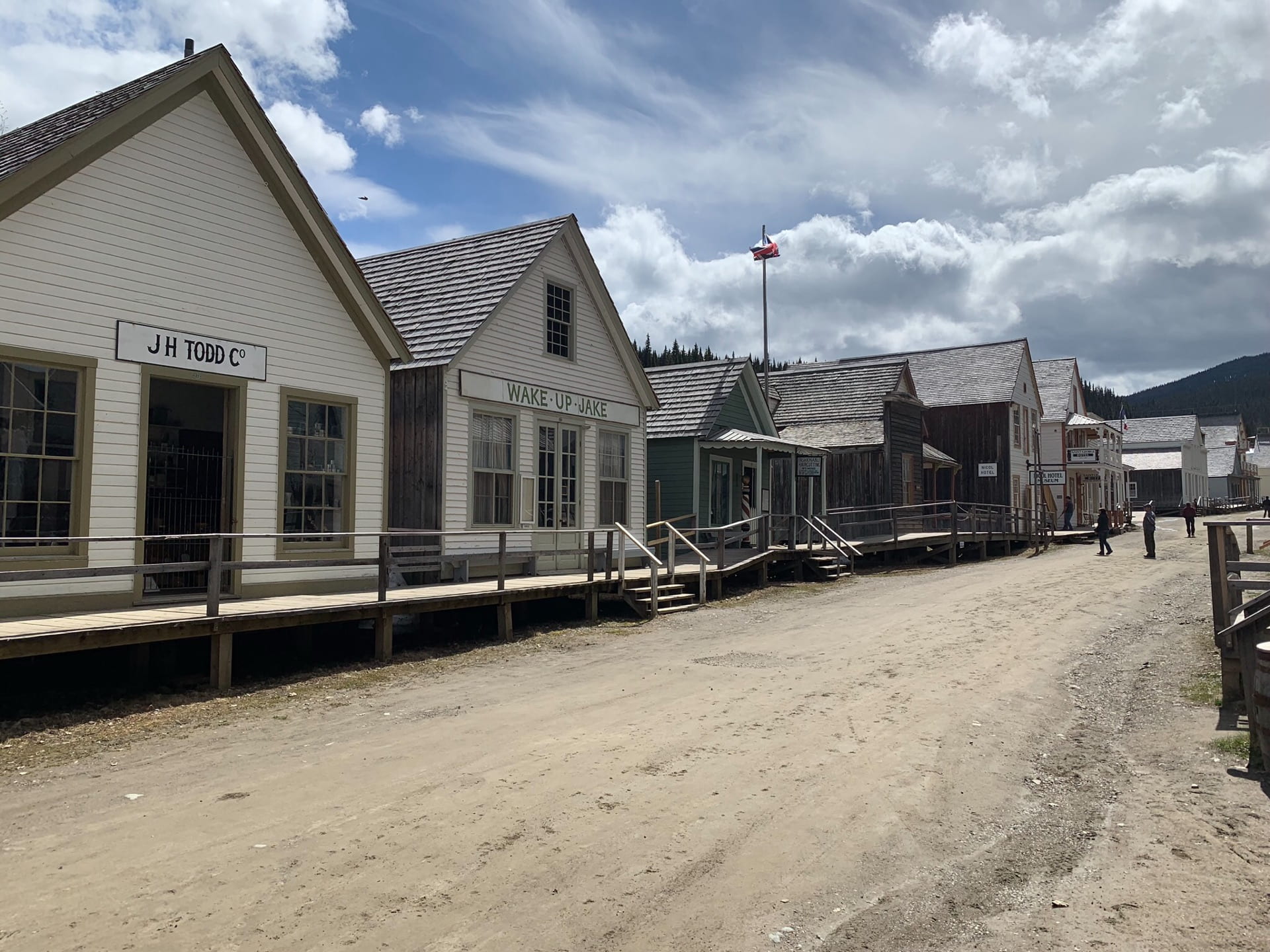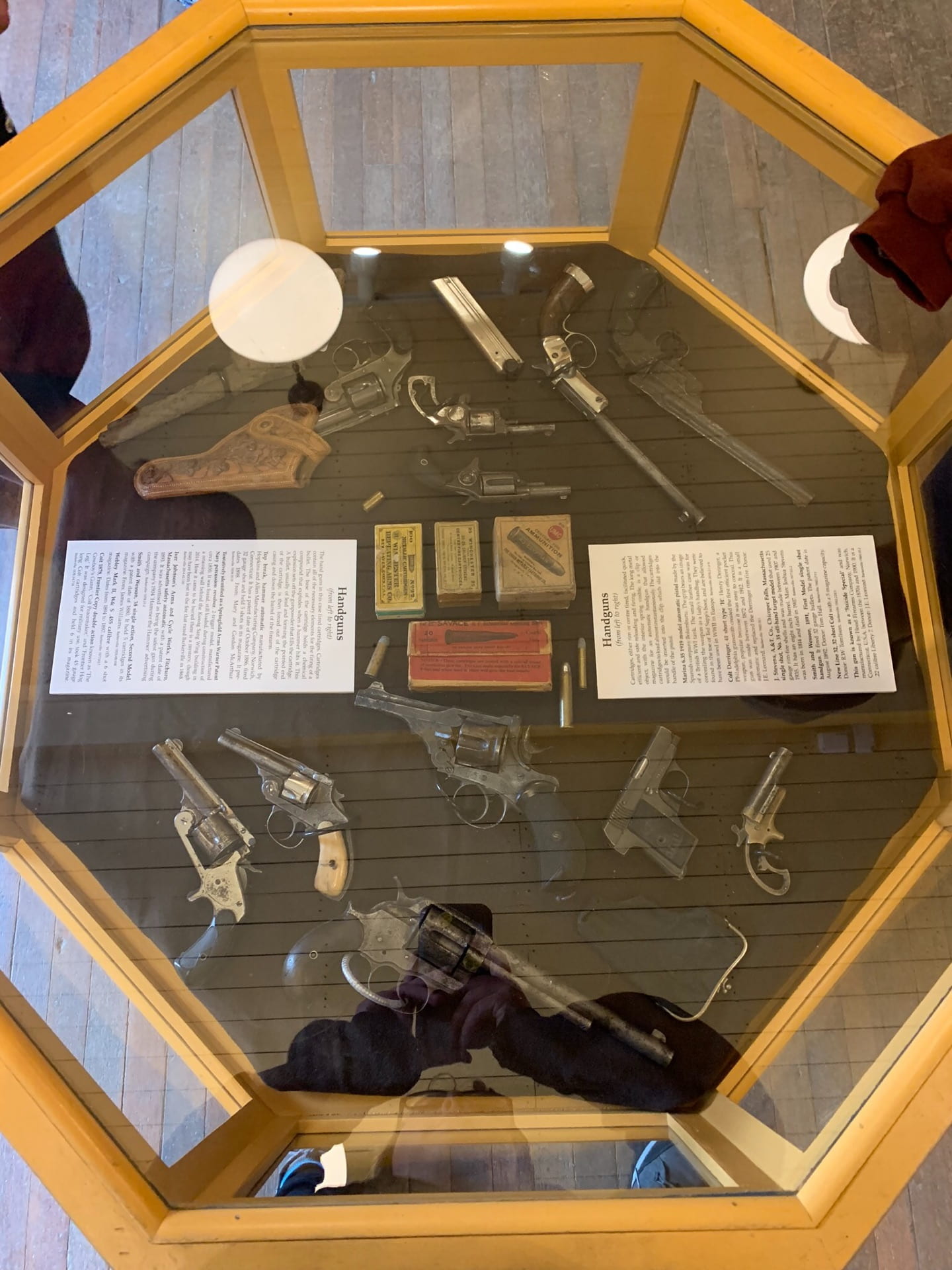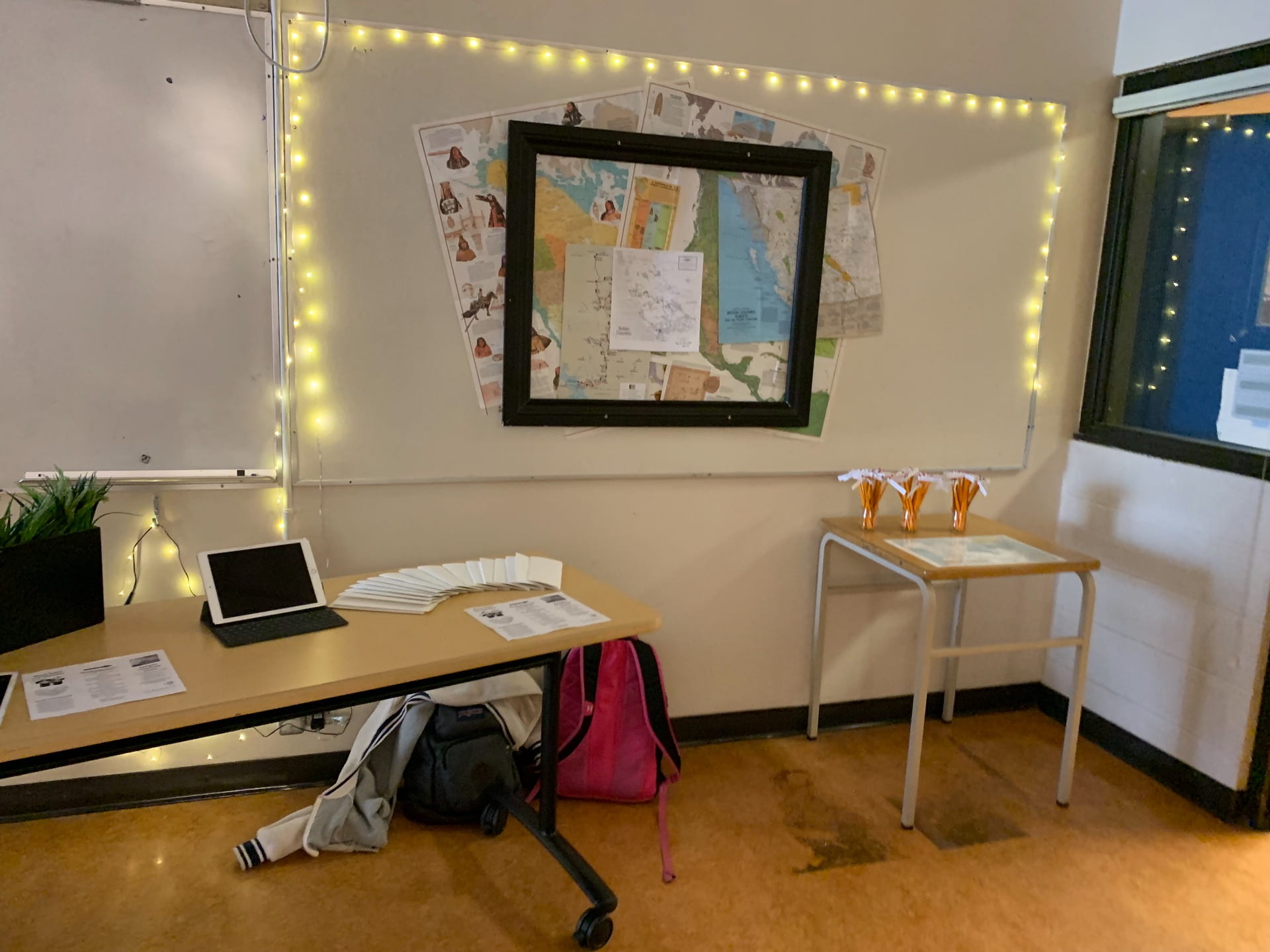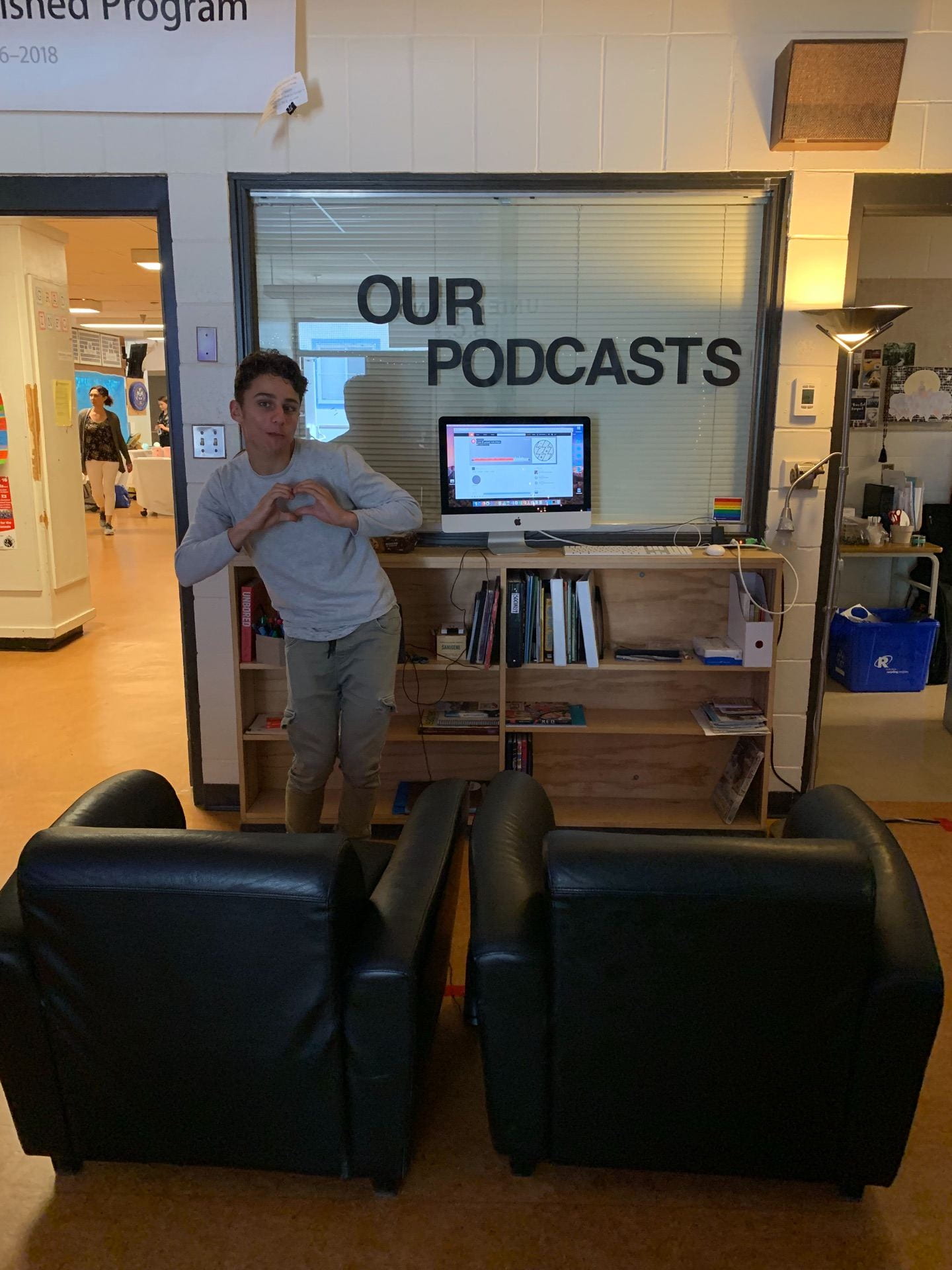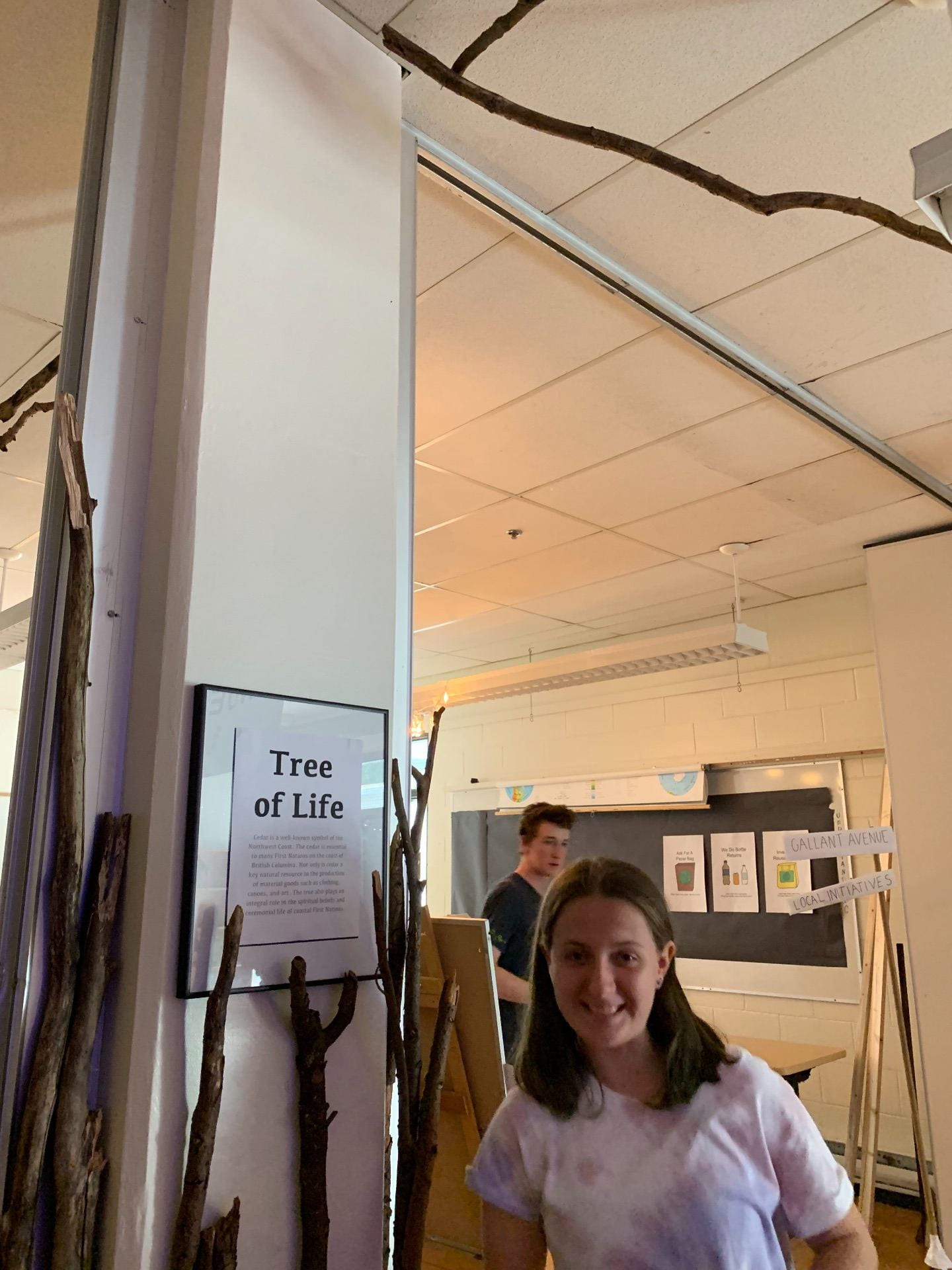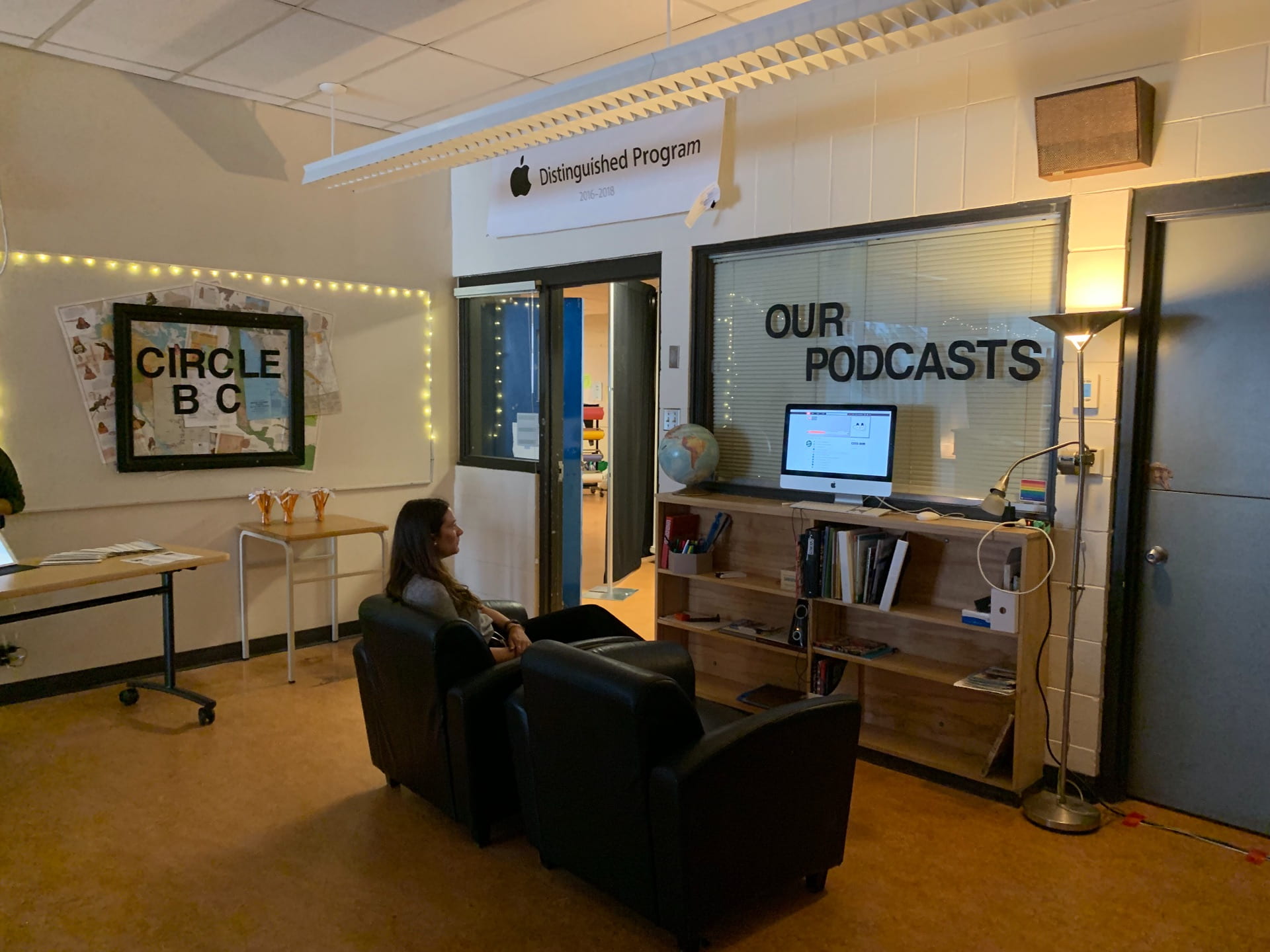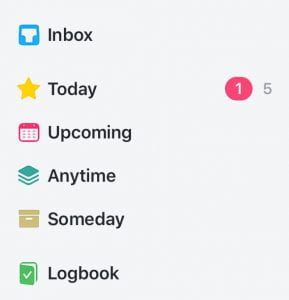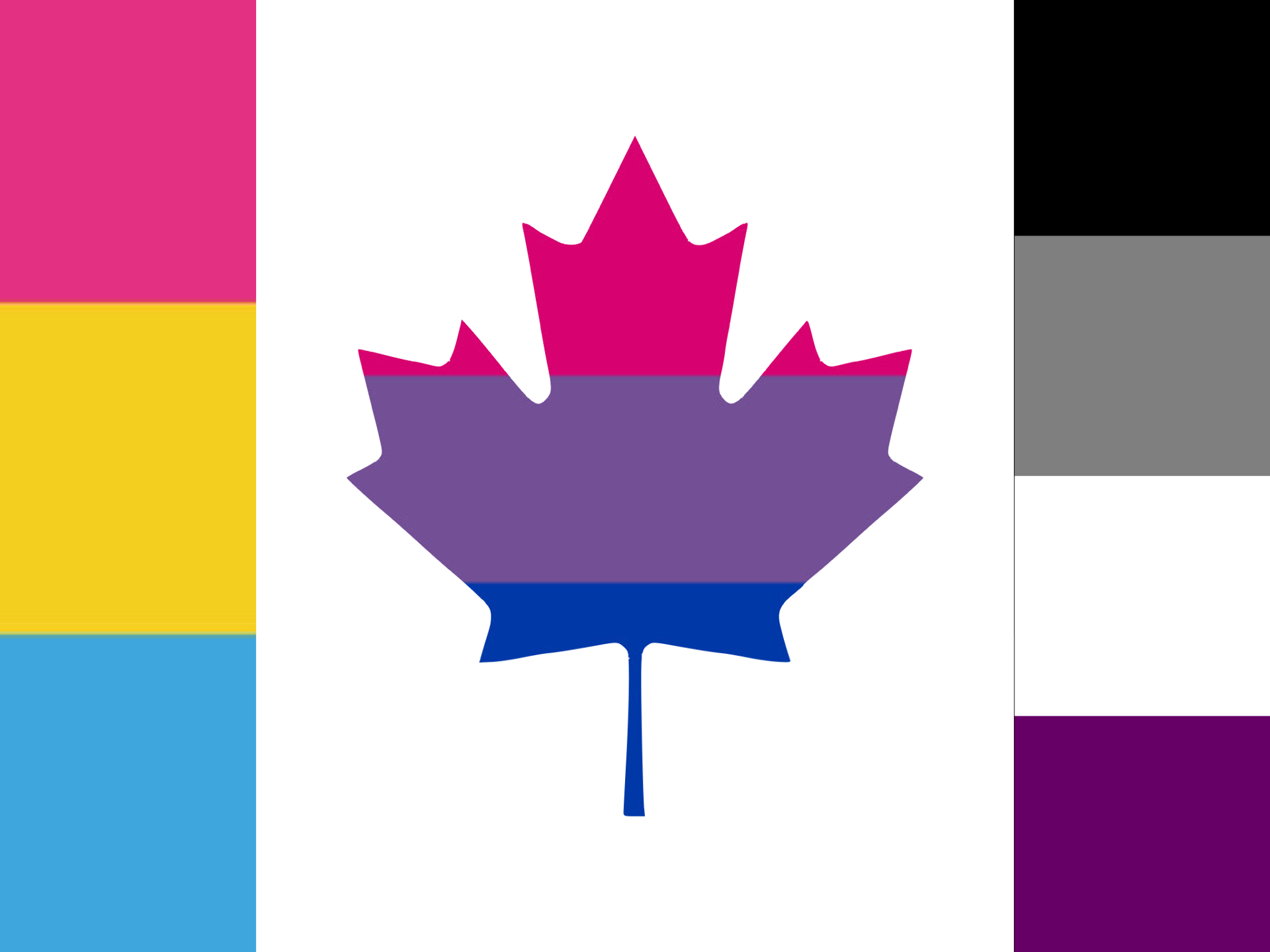What do you really know about the place you grew up? What stories lay hidden in these small communities? How can we tell people more about them? Thats really what this project was about. We, as historians, were to research our little community of Deep Cove, and see what stories we uncovered.
For this project, we were trying to create a walking tour of Deep Cove, with different physical markers to lead to further learning. What we didn’t realize was that a Deep Cove walking tour already existed. The Deep Cove Heritage Society produced one a couple years ago. So, in true PLP manner, we contacted the DCHS and were gonna help them create a new walking tour!

The first hurtle we had was choosing our locations. We wanted to keep many of the stops that the original pamphlet had, and add new ones. We had to come up with a pitch for our locations, and Ms. Maxwell would choose for us out of the ones we pitched. My location was a new one, the Government Dock in the cove. It may seem like an odd place, but there was a story I had in mind.
I didn’t grow up in Vancouver, let alone in Deep Cove, but my grandpa did. I asked him at the beginning of the project if, when he was a kid, he ever visited Deep Cove. And I got gold. He told me this amazing story of a trip he went on to Deep Cove that launched my entire project. My grandpa is an amazing storyteller, and it was amazing talking to him.
His story led me to research about the Deep Cove Regattas. And while I couldn’t find loads of info about them, I did learn a few really key ideas. For one, canoe jousting is a thing. Also, the DCHS has a bunch of original video footage from the regattas which I would love to get my hands on. Unfortunately, due to timing issues, that wasn’t possible. But hey, at least we know they exist.
Now, on to the actual product we were creating. Based on our audience, we thought it best two create 2 tours. They are the same, but on different platforms. One was the Google Map.
The other, which I worked on, was the physical pamphlet. We wanted the tour to be accessible for people without wifi or data. The pamphlet was not easy, though. I, for whatever reason, got to be the Lead Curator. And while I do have some experience leading group projects, doesn’t mean its easy.
Lead Curator was not so much a specific task, but more of a facilitating role. I helped out different groups and people inside our team. For example, when the map design team was planning out the route, I helped them figure some things out. Other jobs included checking everyones progress, helping to communicate with the Google Map team, and doing citations.
Each location had to have a short narrative and a digital enhancement, which was another fun part. Because of the small spacing on the pamphlet, we had to shorten all of our research into less that 100 words. Our long and suffering editors worked really hard, and finally did it.
Since the beginning of Deep Cove, the waterfront has been a key part of what brings people to the area. In the 1930’s, it played a key part in bringing tourism, with the Deep Cove Regattas held in the summer time. Competitions were held during the festival, including diving, boat racing and canoe jousting. Today, the spirit of the regattas is reflected in events like the penguin plunge, an annual community event. For both tourists and locals alike, the waterfront is a key part of what makes Deep Cove special.
The digital enhancement, however, was all on our own. I had originally wanted to create a video with the footage from the actual regattas, but like I said before, that wasn’t possible. So I decided to record my grandpa’s story, which turned out fantastically! I love my grandpa, and this was just amazing.
Now on to our favourite part of the blog post, reflection on competencies. This project had three competencies; Take Historical Perspective, Writing and Designing Text, and Using Resources. I did kinda touch on the competencies in the body of the post, but I’ll go into further depth here.
Now, taking historical perspective was something that wasn’t necessarily easy. We were trying to have multiple perspectives in our short narrative, but fitting that into under 100 words was a bit tricky. This was definitely something I struggled with. But then I got it! Tourists and locals. For tourists, the gov dock is a hot spot, somewhere you can take your Honeys Donut to eat. The regattas played a huge part in tourism as well. Before these events, many Vancouverites would visit the Wigwam Inn for summer fun. Once the regattas got started, the community became a hub for tourism. These regattas, and the corresponding tourism, was huge for the people who lived in the area. Businesses then and now need tourism to function. The regattas, as well as other events held on the water, helped build community spirit in the area.
As I mentioned before, we had to create real short narratives for the pamphlet. This is where the writing and designing competency comes in. We had to take the really relevant information from our research and make it small. But its not just words. We had to tell the story of our location in this passage. It was difficult to actually realize what the relevant information was, but I think in the end it turned out okay.
Using resources was a bit more straight forward. We had to find info from a variety of sources, and I did my best to do just that. Books like Echoes Across the Inlet and Echoes Across Seymour were a really big help. I can’t say that I use books for research a lot, and it was refreshing. I also got info from an audio recording of a Deep Cove bus tour, which, man, was quite interesting. Of course the Deep Cove Heritage Society archive was a big help too. Once we had all the info, we had to cite. There was a bunch of unnecessary turmoil to do with that, but in the end we got them all in a document.
This was a really fun project overall. Learning about our community is super fun. And golly-gee, all I want to do now is canoe joust.































